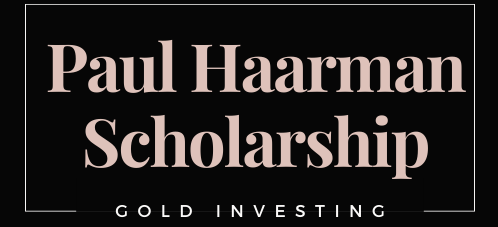The ownership of American Hartford Gold, a prominent player in the precious metals investment industry, is a subject that has garnered interest and curiosity among investors and enthusiasts alike. In a landscape where transparency and accountability are paramount, understanding the ownership structure of such a company is crucial for making informed investment decisions. This article delves into the intricacies of American Hartford Gold’s ownership, exploring its background, key stakeholders, and implications for investors.
Background of American Hartford Gold: American Hartford Gold is a company specializing in offering gold and silver investment products to individuals looking to diversify their portfolios and safeguard their wealth. Precious metals have long been viewed as a reliable store of value, especially during times of economic uncertainty. Companies like American Hartford Gold capitalize on this sentiment by providing a platform for investors to acquire physical gold and silver assets.
Key Stakeholders: While American Hartford Gold is a well-known name in the industry, its ownership structure can be complex, involving several key stakeholders. The primary stakeholders of the company include:
- Founders and Executives: The founders and top-level executives play a crucial role in shaping the company’s vision, strategy, and day-to-day operations. These individuals are responsible for the company’s growth and reputation.
- Investors and Shareholders: Like any corporation, American Hartford Gold may have investors and shareholders who own a stake in the company. These individuals or entities provide the necessary capital to fund the company’s operations and expansion.
- Private Equity Firms or Holding Companies: In some cases, companies like American Hartford Gold might have partnerships with private equity firms or holding companies. These entities might hold a significant ownership stake and influence the company’s direction.
- Publicly Traded: Another possibility is that American Hartford Gold could be a publicly traded company. In such a scenario, ownership would be distributed among individual and institutional investors who own shares of the company’s stock.
Implications for Investors: Understanding the ownership of American Hartford Gold has significant implications for potential investors:
- Transparency and Accountability: A clear understanding of the company’s ownership structure can offer investors insight into how the company is managed and governed. Transparency and accountability are crucial in fostering trust between the company and its investors.
- Risk Assessment: Knowing the major stakeholders can help investors assess potential risks associated with the company. For instance, if the company has a complex ownership structure involving multiple parties, it could lead to conflicting interests that may impact the company’s stability.
- Company Direction: The ownership structure can provide insights into the company’s long-term vision. Depending on the ownership distribution, the company might prioritize short-term profits, long-term sustainability, or innovation.
- Market Reputation: The reputation of the stakeholders can influence the company’s overall reputation. If the owners have a track record of ethical practices and successful ventures, it can enhance the company’s credibility.
Challenges in Determining Ownership: Uncovering the precise ownership structure of a company like American Hartford Gold can be challenging due to a few reasons:
- Private vs. Public Ownership: Private companies are not required to disclose their ownership structure publicly, making it difficult to obtain accurate information about ownership percentages and key stakeholders.
- Changing Ownership: Ownership structures can change over time due to mergers, acquisitions, or changes in the company’s strategic direction. This can further complicate efforts to determine the current ownership landscape.
- Legal and Regulatory Barriers: Companies often operate within legal and regulatory frameworks that can limit the amount of information they are required to disclose about their ownership.
Conclusion: While the exact ownership structure of American Hartford Gold might not be readily available, understanding the key stakeholders and their implications can provide investors with valuable insights. Transparent ownership, aligned with ethical business practices, fosters investor confidence and contributes to the overall success of the company. As with any investment, thorough research and due diligence remain essential for making informed decisions in the complex world of precious metals and financial markets.
